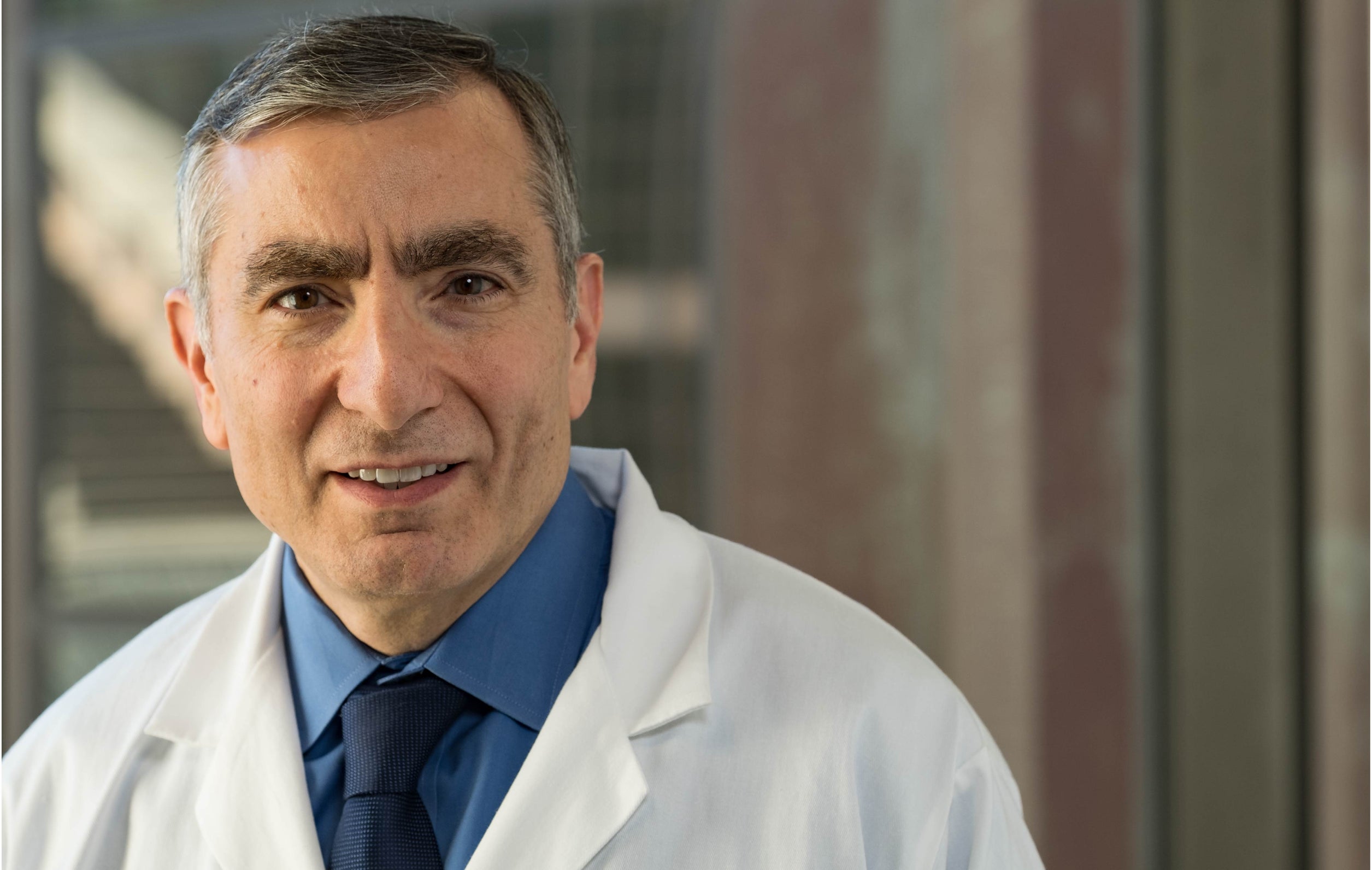
“Materials science is everywhere,” states James Tour, T. T. and W. F. Chao Professor of Chemistry and Professor of Materials Science and Nanoengineering and Professor of Computer Science. “It is a broad field with implications for the strength, durability and performance of everything from a concrete highway or the paint on our cars to hip bone replacements or the crowns on our teeth.”
Tour, whose innovative research will be housed in the new Engineering and Science Building, is currently focused on finding inexpensive routes to strong and flexible materials that can aid in the transition to renewable energy. In particular, he works with nanomaterials including graphene, an environmentally-friendly carbon-based material comprised of single layer atomic sheets of graphite. The strongest material known to humankind, graphene can significantly enhance the properties of plastics, metals, composites, paint and more.
Among Tour’s exciting discoveries is a cost-effective method of creating graphene from almost any carbon source, including trash. “If that trash were to hit the waste dump site, it would turn into carbon dioxide and methane, both of which are environmentally harmful greenhouse gases,” explains Tour. “Instead, we convert the trash into high-value graphene, which will not enter the CO2 cycle again.” That graphene then has a range of applications from strengthening concrete, asphalt or an airplane fuselage to manufacturing electronic devices from renewable resources.
As they work to bridge materials innovation with sustainability, Tour and his team are also investigating a method to take two environmental problems — plastic waste and CO2 emissions — and use them to manage each other. According to Tour, “We have found a way to take plastic waste and convert it into a type of carbon that will trap carbon dioxide from the air or from flue gas.” Once the CO2 is captured, it can be reduced to methanol or formic acid — both of which are used in building materials — or converted into sustainable materials like graphene.
Tour’s lab is also at the forefront of research into biomedical applications of carbon-based nanotechnology. Some particularly promising projects include the use of nanoribbons to treat spinal cord injury and the development of nanomachines that can destroy antibiotic-resistant bacteria like MRSA by drilling through their membranes. Tour’s graduate students have played a significant role in these cutting-edge discoveries. “I would say that sixty percent of the ideas that come out of my lab originate with graduate students,” Tour reflects with pride. “I could do literally nothing without them.”
Tour’s collaboration with graduate students extends beyond the lab. One of the major challenges Tour and his students have taken on is the search for mechanisms to scale up the materials they create. Tour notes that “it is very hard to go from a laboratory scale to a larger scale and then to find the right markets for the application of new materials.” An entrepreneurial spirit animates Tour’s work, and his team has an impressive record of working across disciplines to translate scientific discoveries into the marketplace.
In the last six years alone, ten new materials companies have emerged from Rice based on technologies developed in Tour’s lab. “We have a company that makes computer memory, for instance, that resulted from the work of a former student who was advised by myself, Doug Natelson in Physics and Lin Zhong, who used to be in our Computer Science department.”
To learn more about supporting materials science or Rice’s new Engineering and Science Building, contact your development officer or Sara L. Rice, senior director of development, at 713-348-3189 or sdl@rice.edu.
